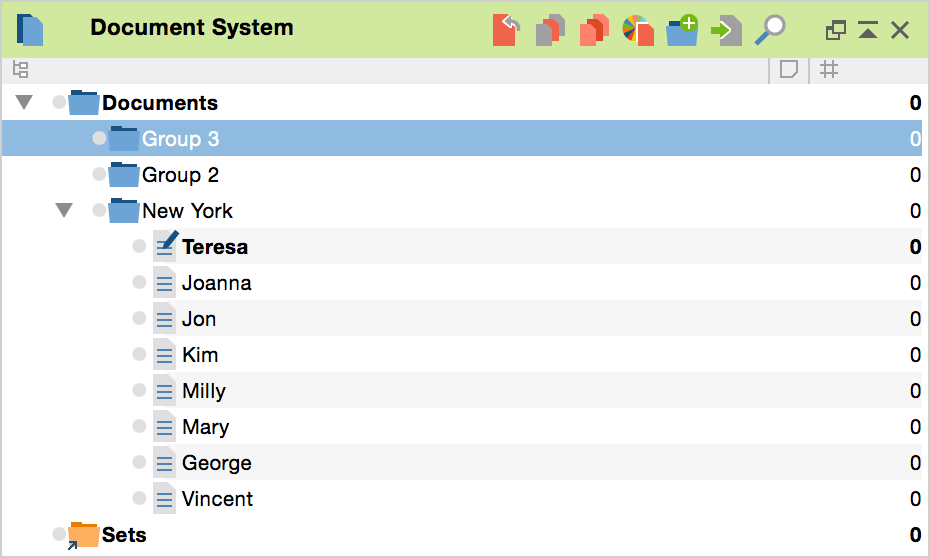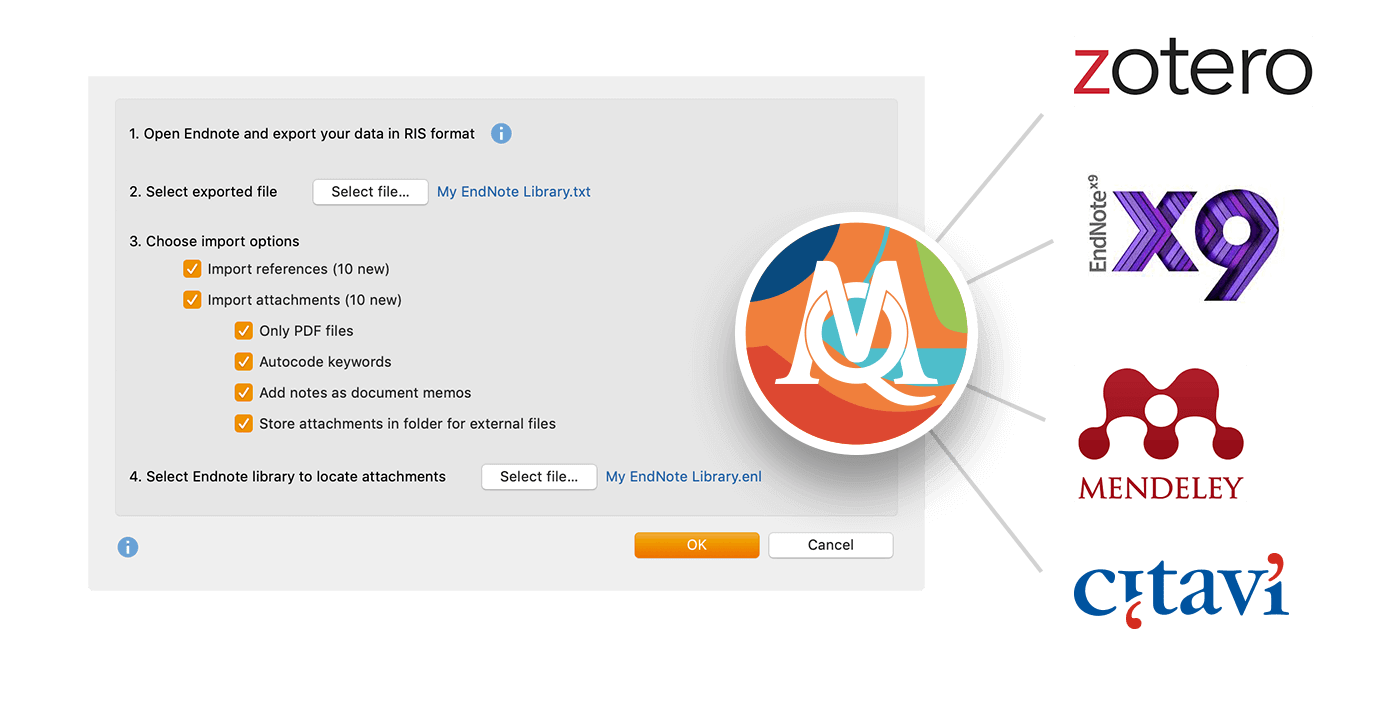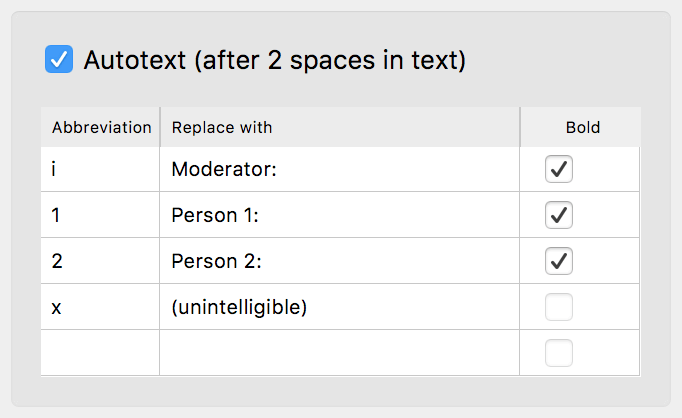

- #Maxqda automatically saves how to
- #Maxqda automatically saves software
- #Maxqda automatically saves code
- #Maxqda automatically saves professional
In the left panel, the code list can be filtered to find specific codes. The left panel shows the codes in the comments with their counts, the middle one provides a code tree that the user can intuitively organize their codes in and the right panel shows the data extracts pertaining to each code. The main visual interface of the program consists of three side-by-side panels (įigure 1).
#Maxqda automatically saves software
The software uses a relational model approach to store the extracted codes and uses language integrated queries to collect different text portions related to each code, to calculate the code frequencies and to sort the codes by frequency. To facilitate assigning multiple codes to a piece of text, we assume a simple convention: different codes are entered in a comment with line breaks between them (as the descendant paragraphs of the comment element). OpenXml provides an easy way to query comments from a document. Recent versions of Word store documents in XML format. The software also makes use of OpenXml library to extract comments from Word documents. This software is written in C# programming language using WordCommentsAnalyzer, a free, open-source tool that allows qualitative researchers to automate organization of the qualitative codes through a fast and easy-to-learn graphical user interface (GUI) while coding the textual material using Microsoft Word as professional, familiar word-processing software. However, as the amount of data grows, organizing codes in Word comments becomes an exhausting task. Using Word comments provides a straightforward way to annotate specific portions of the text and attach keywords or categories (codes) to them. The use of Microsoft Word for QDA is commonly documentedĨ.
#Maxqda automatically saves professional
For these reasons, some researchers use professional word-processing programs for their qualitative research projects. On the other hand, free or open-source solutions that are available often do not provide a smooth editing and markup experience (e.g., QDA Miner Lite does not support Persian and Arabic languages CATMA and CATĦ are not fast due to their web-based nature). Besides, the purchase of commercial QDA software may not be affordable for some researchers. Moreover, using complex QDA software may create a feeling for the researcher that they are forced to work within the software structuresĥ. In fact, research has shown that learners of complex qualitative tools often struggle with confusions, frustrations, and feelings of inadequacyĤ. However, learning to use these complex software tools may be inconvenient for some researchers. For example, a study found that 763 published articles in the Scopus database (between 19) used Atlas.ti and NVivo in their work, and that the majority of these studies were published in health sciences journalsģ. We hope this open-source software will facilitate qualitative data analysis by researchers who are interested in using Word for this purpose.Ĭommercial qualitative data analysis (QDA) software tools such as NVivo, MAXQDA and Atlas.ti seem to be the most popular in the qualitative research communityĢ, especially in health research. We also demonstrate that the software has satisfactory performance on a large dataset of Iranian journals abstracts.
#Maxqda automatically saves how to
We illustrate how to use this software by conducting a preliminary content analysis on Tweets with the #successfulaging hashtag. It also offers basic visualization tools.

WordCommentsAnalyzer provides an effective user interface to count codes, to organize codes in a code hierarchy, and to see various data extracts belonging to each code. NET Framework and OpenXml, which helps a qualitative researcher to organize codes when using Microsoft Word as the primary text markup software. WordCommentsAnalyzer, a software tool that is written in C# using. However, organizing the keywords and categories in the comments can become a more difficult task when the amount of data increases. Word processing software like Microsoft Word provides a good editing experience, allowing the researcher to effortlessly add comments to text portions.

There is a lack of free software that provides a professional and smooth experience in text editing and markup for qualitative data analysis.


 0 kommentar(er)
0 kommentar(er)
